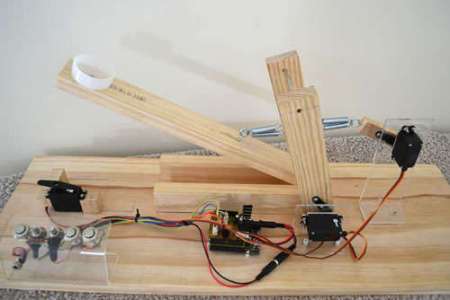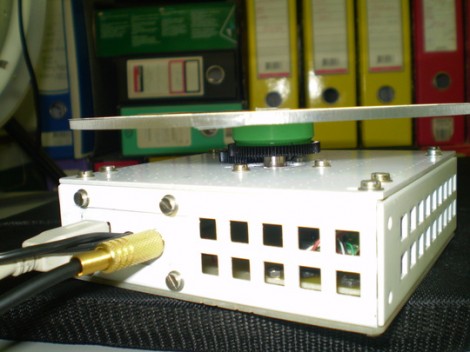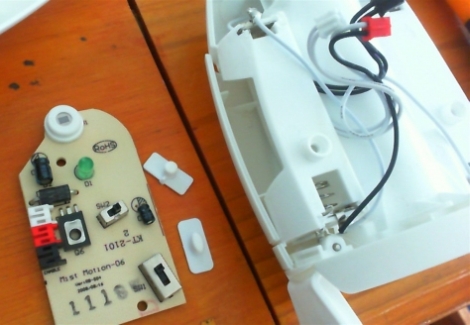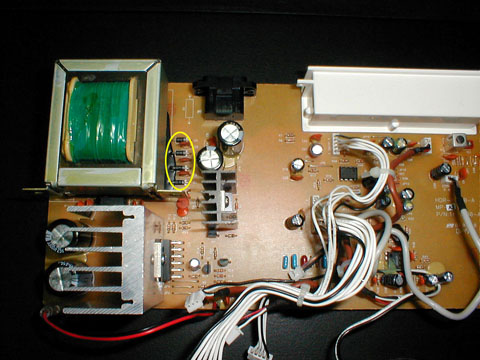
[Unusualtravis] came up with this fairly slick electronic catapult. This easy to construct and moderately cheap rig has an arduino as the brains and controls for 3 servos. One is the release, another controls tension, and the third controls the angle. Both the circuit and the construction are very simple making this a perfect weekend project. He would have preferred it to be a bit smaller, so shoot him your design if you manage to shrink it.
We’ve always been rather fond of catapults of whatever complexity, so feel free to send in any variations you’ve worked on.

















